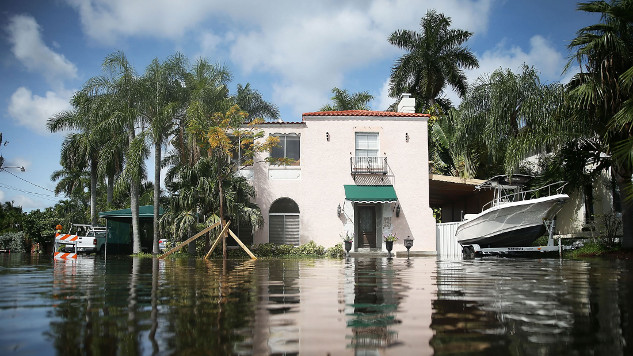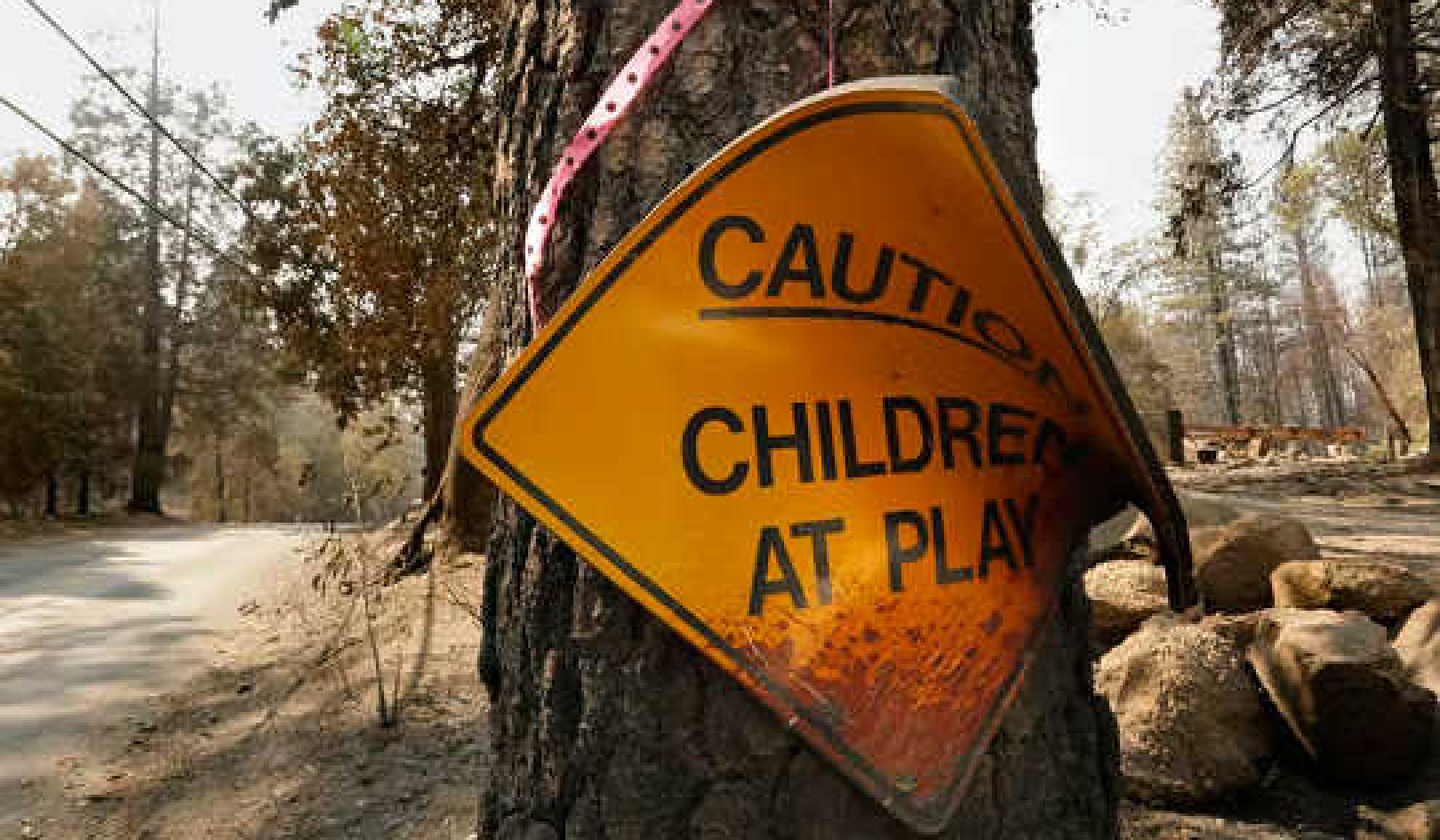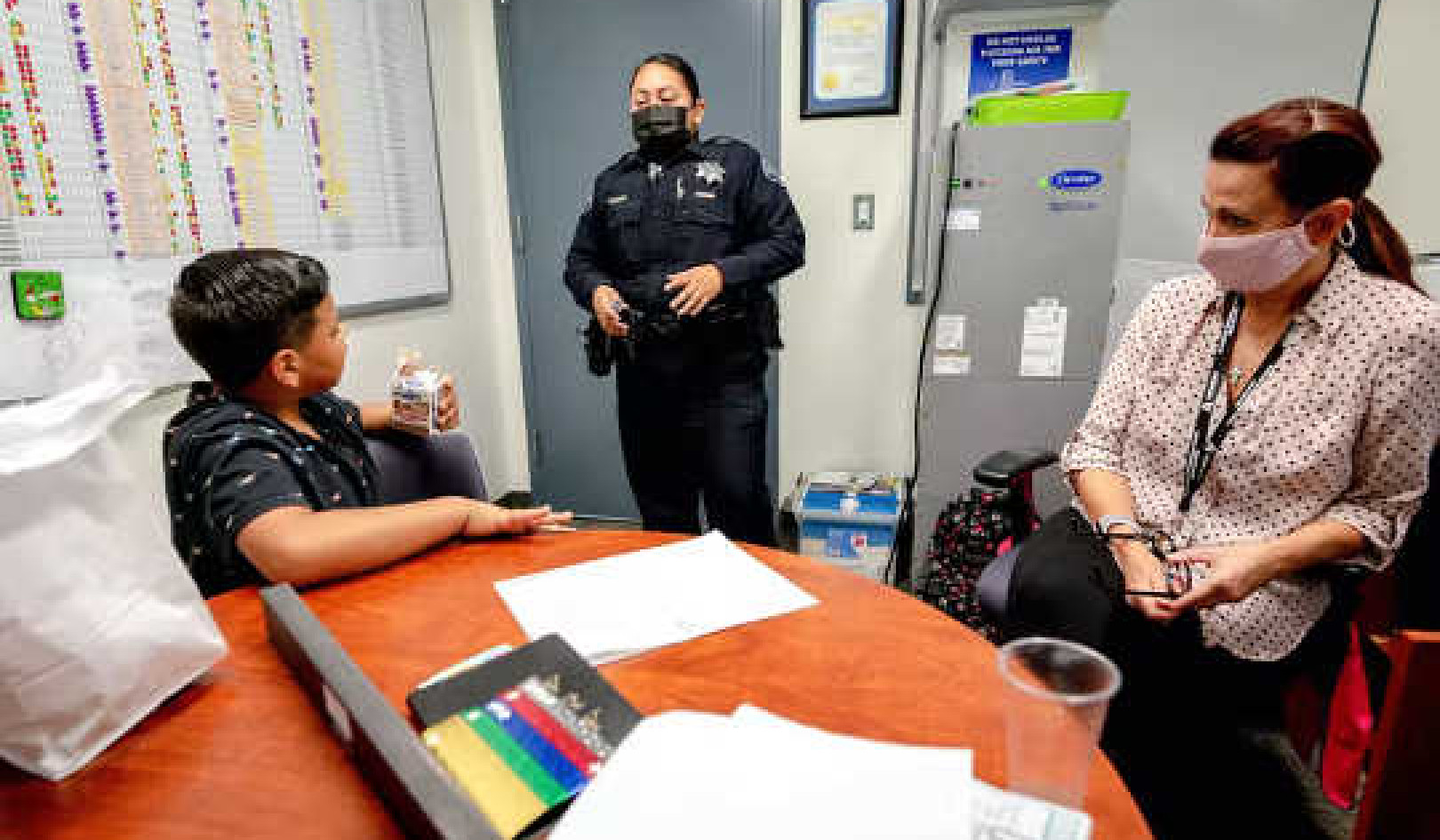
In our time, the challenge of climate change has risen to the forefront, unleashing a chain of consequences, notably extreme weather events that disrupt our communities and infrastructure. As these climate-driven disasters grow more frequent and severe, it becomes clear that their toll extends beyond the visible damage, encompassing significant financial ramifications.
Growing Physical and Monetary Damages
Climate change disasters, such as hurricanes, wildfires, floods, and tornadoes, have risen worldwide. The data reveals a concerning trend of increased frequency and severity, with communities and ecosystems facing immense challenges. The consequences result in property damages and substantial economic losses.
As climate change rewrites the rules of our planet, its influence is being felt in our homes and reshaping the housing market through the impacts of extreme weather events. Hurricanes in the US, notably Harvey and Katrina, are potent symbols of this impact. They've etched a trail of destruction, forcibly displacing countless residents and imposing an astronomical financial burden totaling billions of dollars in damages. Likewise, wildfires have ravaged entire communities, reducing homes to ashes and causing significant financial strain on insurers.
Insurance Companies on the Brink
The rising tide of climate change disasters is taking a toll on physical structures and posing significant financial challenges for the housing market. Insurance companies are struggling to manage the increasing risks, leaving property owners exposed and at risk of financial distress.
Insurance companies are at the frontline of managing climate-change disaster risks. However, these events' increasing frequency and severity have put insurance companies on the brink of financial collapse. The growing burden of claims and damages has led to some insurance companies going bankrupt, leaving property owners without the desperately needed protection.
Property owners are left underwater when insurance companies go under, facing tremendous financial uncertainty. The repercussions extend beyond immediate physical damages to long-term financial stability, potentially leading to foreclosures and financial distress for families and entire communities. The situation has escalated to a critical juncture, marked by insurance companies pulling out from high-risk regions like California and Florida. This departure leaves residents without the safeguard of coverage and, in turn, exacerbates the perils in home ownership.
Mortgage Lenders and Property Insurance
Mortgage lenders play a crucial role in the housing market, allowing individuals and families to own homes. To protect their investments, lenders require property owners to have insurance coverage. However, insurance companies' increasing challenges have created a ripple effect on these mortgage lending practices.
As insurers struggle to cover the mounting losses from climate change disasters, they raise insurance premiums or refuse coverage altogether, leaving property owners unable to meet the requirements set by mortgage lenders. Navigating the financial landscape of home ownership is becoming increasingly complex, as challenges in securing mortgage loans or refinancing can, in extreme cases, lead homeowners down the precarious path towards default and even foreclosure.
US Flood Insurance Program
One example of government intervention in response to climate change disasters is the National Flood Insurance Program. With the rising flooding risks, flood insurance has become a critical need for many homeowners. However, the government faces unaffordable and unsustainable flood insurance policy premiums under the current method of funding
The increasing frequency of flood events has strained financial resources, leading to ever-increasing deficits. As a result, taxpayers have had to foot the bill to keep the program afloat. The inability to cover the growing losses from floods has raised concerns about its long-term viability and effectiveness in protecting homeowners from escalating risks, especially in high-risk areas. Undoubtedly, the public will begin to resist reinsuring some over and over again who continue to rebuild in high-risk areas.
Looming Crisis in Wind and Storm Insurance
While the National Flood Insurance Program grapples with the rising waters, a parallel crisis is whipping up in wind and storm coverage. As climate change increases the volume of hurricanes and tempests, people in coastal and high-wind zones find themselves in the eye of increasingly turbulent storms. The escalating frequency and ferocity of these weather events heighten the physical dangers and send shockwaves through the insurance landscape, leaving homeowners to wonder: Are we prepared for the storm gathering on the horizon?
This fiscal hemorrhage has left taxpayers to pick up the slack, raising a glaring question: Can the insurance industry and the public withstand the torrent of escalating risks and effectively shield homeowners in the coming years? The industry's financial instability overshadows its long-term survival and our collective ability to adapt to a changing climate. Recently, some insurers have denied covering wind damage for natural events just like they did with floods in the past.
Government as Insurer of Last Resort
Some governments are stepping in to fill the void as the private insurance market struggles to cope with the escalating risks of climate change disasters. Take California, for instance, where the FAIR plan is a final recourse for homeowners residing in high-risk regions. While these programs offer relief to property owners, they come bundled with their share of challenges and complexities.
FAIR plans often come with higher premiums and reduced coverage, making them less desirable for homeowners seeking comprehensive protection. The broadening scope of these insurance plans could pile financial stress onto providers, potentially tipping the scales of market dynamics significantly. Such a shift might even lead to insurers completely withdrawing from high-risk areas as they grapple with the escalating challenges of climate change.
Preparing for a Changing Future
Amid the growing risks of climate change disasters, there is an urgent need for proactive measures to prepare homes and communities for a changing future. Successful case studies of homes fortified against extreme weather events highlight the importance of investing in resilience measures. After Hurricane Andrew in 1992, Florida substantially increased its building requirements, increasing the cost of housing, especially in the affordability sector.
Experts underscore the vital importance of aligning public investments with well-founded scientific guidance as a pivotal step in tackling the formidable challenges climate change poses. A collaborative effort is imperative to confront the mounting threats of increasingly frequent and intense climate change disasters. Governments, businesses, and everyday people must join forces to ensure our homes and communities are built to withstand the escalating wave of these challenges.
Implications for the Housing Market and the Economy
The consequences of a collapsing insurance market on the housing sector can be far-reaching. Property values may plummet, real estate transactions could be severely disrupted, and mortgage lending practices may become more cautious and stringent. Making housing even more unaffordable for some.
Beyond the housing market, the economic impacts of climate change disasters can extend to broader sectors of the economy. Changes in the housing market could set off a chain reaction, impacting jobs, consumer spending, economic growth, and even political instability.
Government intervention, such as the NFIP and FAIR plans, offers some relief, but long-term solutions are essential to prepare for a changing future. Investing in resilience measures and aligning public investments with scientific recommendations can mitigate risks and ensure the housing market's stability in the face of climate change.
Addressing the economic implications of climate change disasters requires collaborative efforts from all stakeholders, from governments and insurers to property owners and communities. In recognizing the undeniable truth of climate change and coming together in collaborative efforts, we possess the tools to steer through these challenges and construct a more resilient and sustainable future for our homes and our planet.
About the Author
 Robert Jennings is co-publisher of InnerSelf.com with his wife Marie T Russell. He attended the University of Florida, Southern Technical Institute, and the University of Central Florida with studies in real estate, urban development, finance, architectural engineering, and elementary education. He was a member of the US Marine Corps and The US Army having commanded a field artillery battery in Germany. He worked in real estate finance, construction and development for 25 years before starting InnerSelf.com in 1996.
Robert Jennings is co-publisher of InnerSelf.com with his wife Marie T Russell. He attended the University of Florida, Southern Technical Institute, and the University of Central Florida with studies in real estate, urban development, finance, architectural engineering, and elementary education. He was a member of the US Marine Corps and The US Army having commanded a field artillery battery in Germany. He worked in real estate finance, construction and development for 25 years before starting InnerSelf.com in 1996.
InnerSelf is dedicated to sharing information that allows people to make educated and insightful choices in their personal life, for the good of the commons, and for the well-being of the planet. InnerSelf Magazine is in its 30+year of publication in either print (1984-1995) or online as InnerSelf.com. Please support our work.
Creative Commons 4.0
This article is licensed under a Creative Commons Attribution-Share Alike 4.0 License. Attribute the author Robert Jennings, InnerSelf.com. Link back to the article This article originally appeared on InnerSelf.com
Related Books
Life After Carbon: The Next Global Transformation of Cities
by Peter Plastrik , John Cleveland The future of our cities is not what it used to be. The modern-city model that took hold globally in the twentieth century has outlived its usefulness. It cannot solve the problems it helped to create—especially global warming. Fortunately, a new model for urban development is emerging in cities to aggressively tackle the realities of climate change. It transforms the way cities design and use physical space, generate economic wealth, consume and dispose of resources, exploit and sustain the natural ecosystems, and prepare for the future. Available On Amazon
The future of our cities is not what it used to be. The modern-city model that took hold globally in the twentieth century has outlived its usefulness. It cannot solve the problems it helped to create—especially global warming. Fortunately, a new model for urban development is emerging in cities to aggressively tackle the realities of climate change. It transforms the way cities design and use physical space, generate economic wealth, consume and dispose of resources, exploit and sustain the natural ecosystems, and prepare for the future. Available On Amazon
The Sixth Extinction: An Unnatural History
by Elizabeth Kolbert Over the last half-billion years, there have been Five mass extinctions, when the diversity of life on earth suddenly and dramatically contracted. Scientists around the world are currently monitoring the sixth extinction, predicted to be the most devastating extinction event since the asteroid impact that wiped out the dinosaurs. This time around, the cataclysm is us. In prose that is at once frank, entertaining, and deeply informed, New Yorker writer Elizabeth Kolbert tells us why and how human beings have altered life on the planet in a way no species has before. Interweaving research in half a dozen disciplines, descriptions of the fascinating species that have already been lost, and the history of extinction as a concept, Kolbert provides a moving and comprehensive account of the disappearances occurring before our very eyes. She shows that the sixth extinction is likely to be mankind's most lasting legacy, compelling us to rethink the fundamental question of what it means to be human. Available On Amazon
Over the last half-billion years, there have been Five mass extinctions, when the diversity of life on earth suddenly and dramatically contracted. Scientists around the world are currently monitoring the sixth extinction, predicted to be the most devastating extinction event since the asteroid impact that wiped out the dinosaurs. This time around, the cataclysm is us. In prose that is at once frank, entertaining, and deeply informed, New Yorker writer Elizabeth Kolbert tells us why and how human beings have altered life on the planet in a way no species has before. Interweaving research in half a dozen disciplines, descriptions of the fascinating species that have already been lost, and the history of extinction as a concept, Kolbert provides a moving and comprehensive account of the disappearances occurring before our very eyes. She shows that the sixth extinction is likely to be mankind's most lasting legacy, compelling us to rethink the fundamental question of what it means to be human. Available On Amazon
Climate Wars: The Fight for Survival as the World Overheats
by Gwynne Dyer Waves of climate refugees. Dozens of failed states. All-out war. From one of the world’s great geopolitical analysts comes a terrifying glimpse of the strategic realities of the near future, when climate change drives the world’s powers towards the cut-throat politics of survival. Prescient and unflinching, Climate Wars will be one of the most important books of the coming years. Read it and find out what we’re heading for. Available On Amazon
Waves of climate refugees. Dozens of failed states. All-out war. From one of the world’s great geopolitical analysts comes a terrifying glimpse of the strategic realities of the near future, when climate change drives the world’s powers towards the cut-throat politics of survival. Prescient and unflinching, Climate Wars will be one of the most important books of the coming years. Read it and find out what we’re heading for. Available On Amazon
From The Publisher:
Purchases on Amazon go to defray the cost of bringing you InnerSelf.comelf.com, MightyNatural.com, and ClimateImpactNews.com at no cost and without advertisers that track your browsing habits. Even if you click on a link but don't buy these selected products, anything else you buy in that same visit on Amazon pays us a small commission. There is no additional cost to you, so please contribute to the effort. You can also use this link to use to Amazon at any time so you can help support our efforts.



























